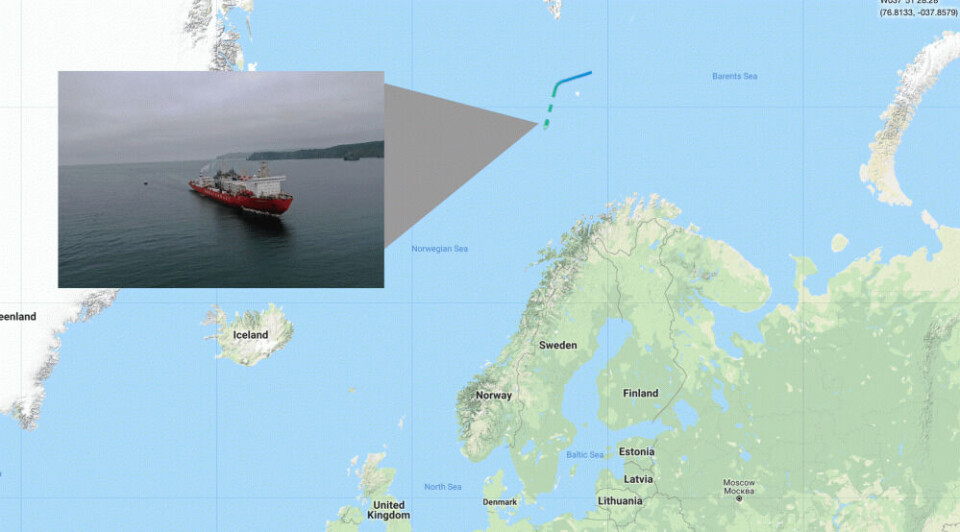
Here comes a nuclear-powered cargo ship loaded with seafood
Norway’s nuclear safety watchdog is informed about the voyage, but want to know more about Russia’s future plans for sailing commercial cargo with the reactor-powered «Sevmorput» container ship.
p.p1 {margin: 0.0px 0.0px 0.0px 0.0px; font: 11.0px ‘Helvetica Neue’; color: #000000}p.p2 {margin: 0.0px 0.0px 0.0px 0.0px; font: 11.0px ‘Helvetica Neue’; color: #000000; min-height: 12.0px}span.s1 {font-kerning: none}
The world’s only remaining civilian nuclear-powered cargo ship, the «Sevmorput» is Monday sailing south into the Norwegian Sea en route to St. Petersburg loaded with 204 refrigerated containers with frozen fish from the Pacific aimed for the market in European Russia.
The ship will arrive in St. Petersburg by the end of this week after sailing south along the coast of Norway, through the Great Belt in Denmark and into the Baltic Sea.
«It’s crucial for Rosatomflot to expend the geography of our work,» says Mustafa Kaskha, Director of the Murmansk-based state-own fleet of nuclear-powered icebreakers.
This is first time ever Russia sails commercial cargo with a nuclear-powered vessel via the Arctic to St. Petersburg.
«Sevmorput» left port in Petropavlovsk-Kamchatka on August 29th as reported by the Barents Observer and sailed the Northern Sea Route before entering the Barents Sea this Sunday.
Head of the High North Section of the Radiation and Nuclear Safety Authority, Inger Margrethe Eikelmann, says Russia did inform Norwegian authorities about the coming cargo transport along the coast Norway.
«We will bring this issue to attention at our next meeting with the Russians and ask if this is something it will be more of in the future,» Eikelmann says.
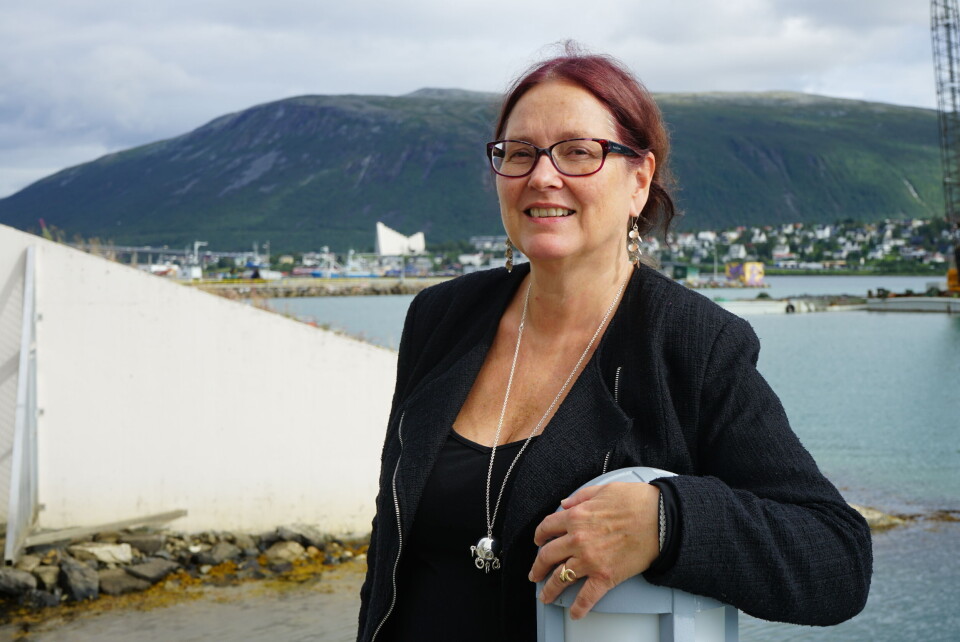
Rosatomflot says there will be two voyages with seafood from Russia’s Pacific region via the Arctic to St. Petersburg this autumn, and if successful, this route will be regular from next year.
Eikelmann says the increasing number of sailings with nuclear-powered vessels along the coast of Norway is something the agency is taking into consideration as Norway now updates its nuclear emergency preparedness.
«We cooperate with Finland and other Nordic counties in regards to emergency preparedness projects with Russia,» she tells.
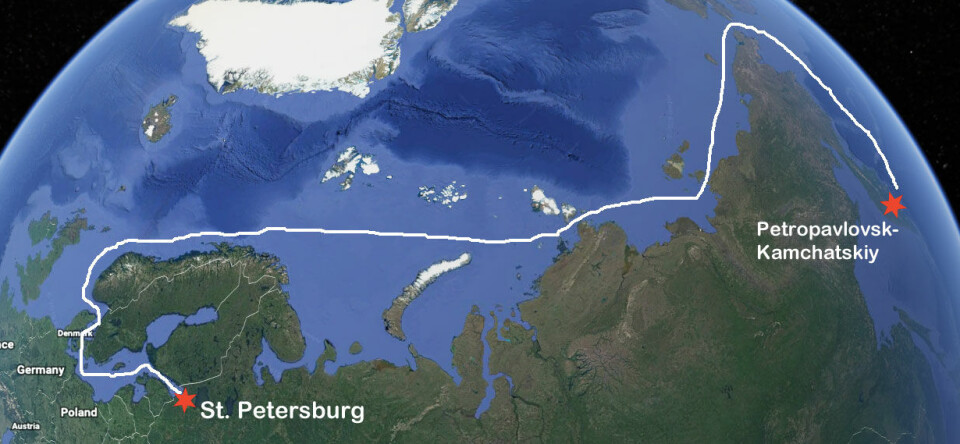
Governor in the Kamchatka region, Vladimir Ilyukhin, hopes this will boost seafood shipping to the European part of Russia. «This test-voyage with the container carrier gives hope that one time such deliveries will become regular.»
Research Professor Arild Moe with the Fridtjof Nansen Institute in Oslo says «Sevmorput» as an investment is unlikely to be profitable.
«It is difficult to say anything exact about the economics of its present operations, but a big part of costs are fixed in the construction and refurbishment,» Moe explains and point to modernization of «Sevmorput» that was paid by the state.
Commissioned more than 30 years ago, the «Sevmorput» was mainly staying in port in Murmansk for two decades. In 2008, the ship was officially laid-up and in 2012 plans were presented to scrap it. In 2013, however, it was decided to renovate it and in autumn 2015 «Sevmorput» was again test-sailing in the Barents Sea.
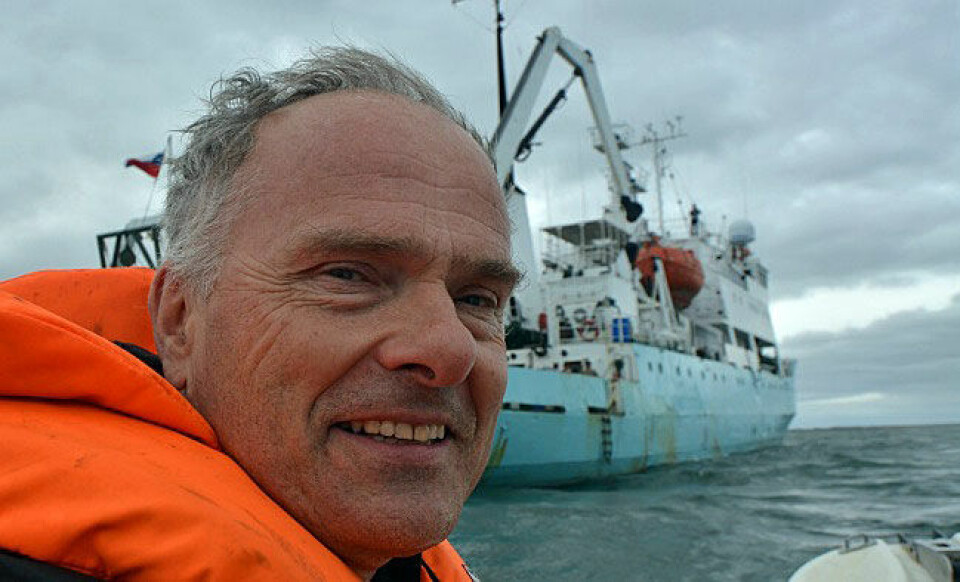
«Given the substantial sums used for its resurrection we should expect that it will be used in the coming years for various purposes, but not that more such ships will be built. This is not an icebreaker. Its advantage in operational terms is that it can be used over very long periods without refuelling. It is part of Russia’s ambition to increase cargo traffic on the NSR, but not a key part,» Arild Moe says to the Barents Observer.
Russia’s goal is to ship 80 million tons of cargo along the Northern Sea Route by 2024.
With granting permission the nuclear-powered container ship to sail fish-product along the Northern Sea Route, Rosatom takes another strong hold on business development for Arctic Shipping.
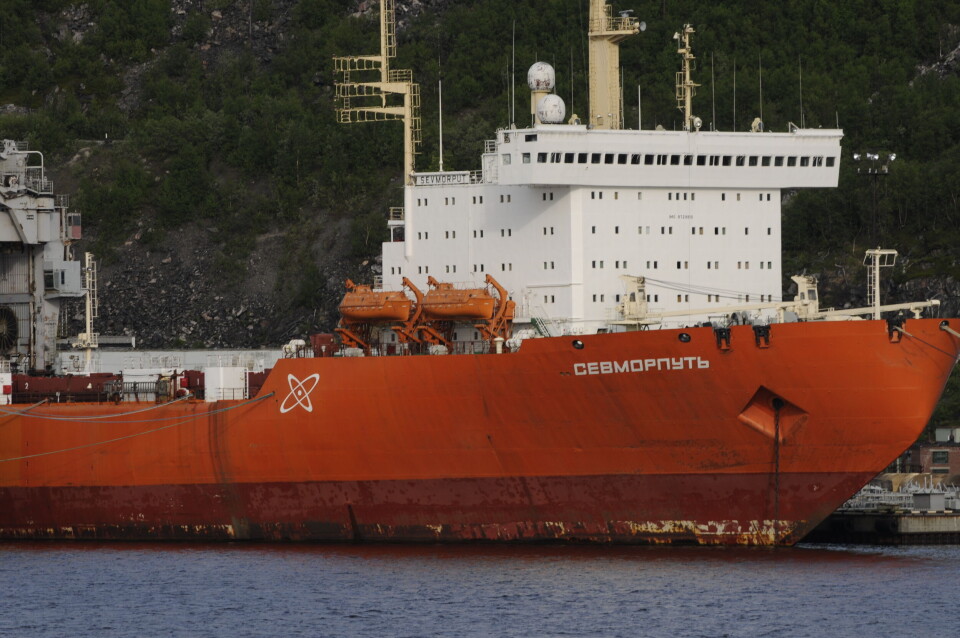
The move comes after the state nuclear corporation by January 2019 was officially granted the leading role in development of the Russian Arctic. The company that employs more than 250,000 people and engages in a multitude of activities related to nuclear power development and production became the management authority for the Northern Sea Route as President Vladimir Putin on December 28th last year signed the law on the Northern Sea Route.
Your help is appreciated…
…. we hope you enjoyed reading this article. Unlike many others, the Barents Observer has no paywall. We want to keep our journalism open to everyone, including to our Russian readers. The Independent Barents Observer is a journalist-owned newspaper. It takes a lot of hard work and money to produce. But, we strongly believe our bilingual reporting makes a difference in the north. We therefore got a small favor to ask; make a contribution to our work.
















